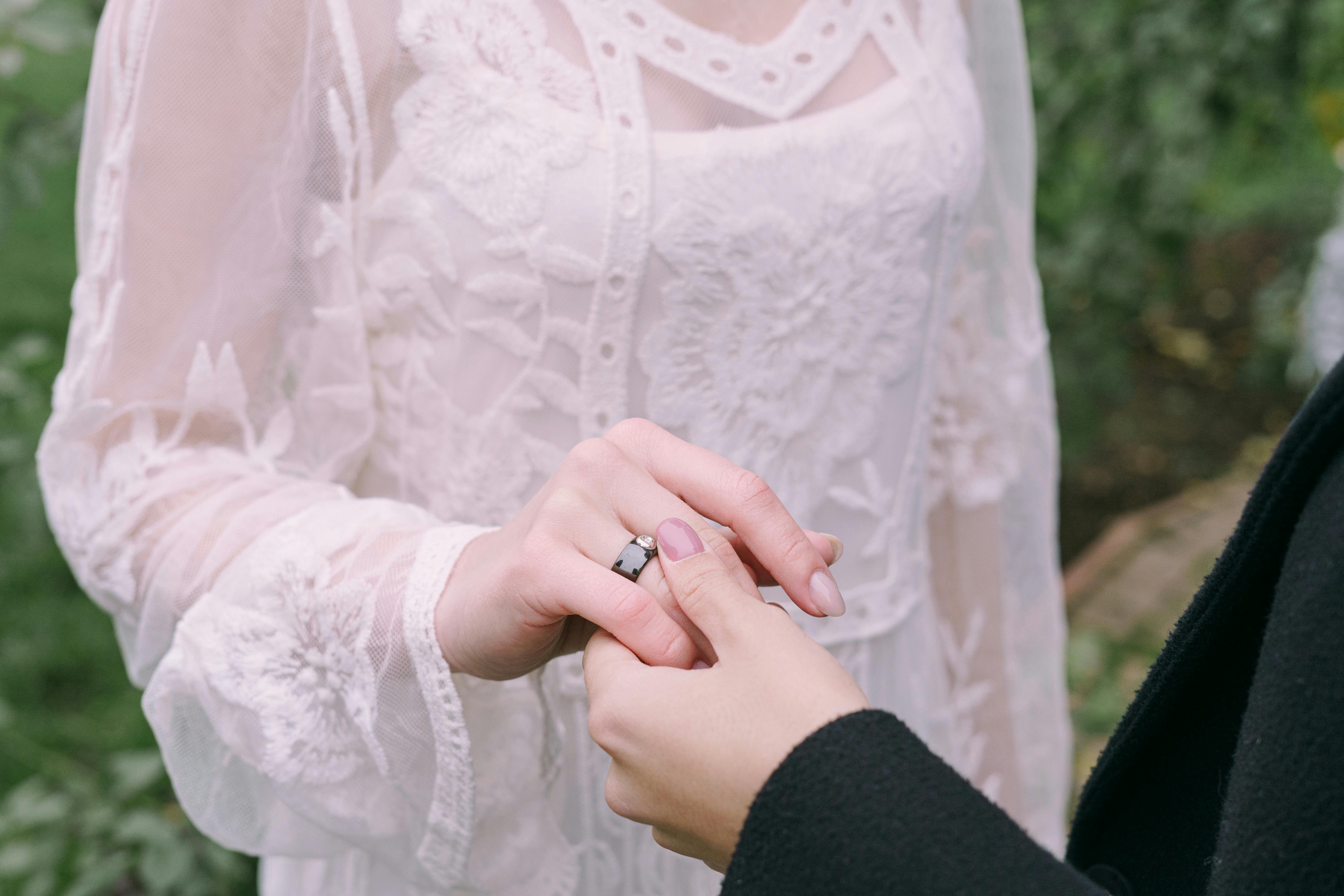IPL, Intense Pulsed Light treatments, also called photofacial skin treatments, can treat a wide range of skin concerns. Whether you have aging skin, rosacea, broken blood vessels, unwanted hair, brown spots, acne, or sun damage, IPL treatments are a safe, easy, and zero-downtime method of correcting these problems.
What is IPL or Photofacial Therapy?
IPL is not a laser, but a much gentler and safer form of skin care treatment. IPL uses a flash of visible light, such as a very powerful flash bulb or digital flash, not laser energy, to remove unwanted pigments, blood vessels, red spots, hair, acne, and sun damage from the skin.
However, IPL uses sophisticated filters that only allow a very specific color or wavelength of the visible spectrum to pass through the skin. The IPL is adjusted or set to flash only the color that is needed to remove a specific target, such as hair, a blood vessel, or a brown spot. For example, if you want to remove a blood vessel from the skin, the IPL flashes a color that matches the color of the blood in the vessel. The IPL energy is absorbed by the blood in the vessel, the blood heats up, and the vessel is damaged and removed, but all other tissues around the blood vessel remain unaffected.
This method is called target-specific photothermolysis. What it involves is using light energy to heat a target, such as a brown stain, to dissolve the unwanted pigment. Photo means light, thermo means heat and lysis means dissolve. The most important feature of IPL is that this form of energy can be adjusted to only target a specific color and leave normal skin around the pigment, or other target, undamaged. Unlike surgical brown spot removal, which damages normal skin as well as brown pigment and leaves a scar, IPL can be tailored to remove just the brown spot and leave normal skin intact without damage or scarring.
The key to successful IPL or laser therapy is finding the perfect color or wavelength that is specifically absorbed by the target you wish to remove. Once you find a laser or IPL wavelength that is specific to hair, blood vessels, brown spots, or other skin abnormalities, this therapy can be used to eliminate the problem with less skin injury than conventional ones. surgical methods and fewer scars.
Why is intense pulsed light better than laser?
Intense pulsed light is less powerful than laser. Since all phototherapies work by producing heat to dissolve the target, less heat means less danger of burning and scarring. Intense pulsed light is capable of producing enough energy to remove many skin abnormalities, but it can do so with less energy, less heat, and less risk of overtreatment and scarring than lasers.
Intense Pulsed Light treatments are less painful than laser treatments and do not require topical anesthesia. There is minimal to no downtime or visible marks after treatments, unlike laser skin treatments.
There are still skin care applications that require the most powerful laser treatments. For example, skin resurfacing to remove wrinkles still requires laser treatment, such as fractional laser skin resurfacing, such as the Starlux 2940 ablative fractional laser. Removal of deep scars such as acne scars and filler treatments of the skin require non-ablative fractional laser skin resurfacing such as the Starlux 1540. These treatments require very deep penetration into the skin that only the most powerful laser energies can achieve. Skin tightening requires even deeper skin penetration and other forms of energy are used, such as infrared used in LuxIR Deep and Titan, and radio frequency energy used in Thermage.
But for the most common skin disorders that can be treated with phototherapy, Intense Pulsed Light is highly effective and safe and has become the preferred treatment method for many skin conditions. In my practice, photofacials are the treatment of choice for hair removal, acne, brown spots, sun damage, red spots, broken blood vessels, rosacea, spider veins on the legs, and general skin treatments. rejuvenation of the skin of the face and chest.
Photofacial skin treatments for sun damage and aging skin
Photofacial skin treatments for the face and décolleté produce remarkable skin rejuvenation by removing brown spots and broken blood vessels on the face and décolleté. It’s amazing how much younger you look when skin clears to a smooth, even appearance with no blemishes.
Removal of brown spots, sun spots and pigments
Larger inconspicuous brown spots and pigment can be easily removed with intense pulsed light.
Hair removal
Hair removal with Intense Pulsed Light is very effective and less painful than laser hair removal. Hair removal treatments are faster.
Spider Vein Removal
Intense pulsed light can effectively remove spider veins on the legs. Larger veins can also be treated with the 1064 laser or sclerotherapy.
Removal of broken blood vessels on the face
Small blood vessels and capillaries and Telangiectasias occur on the face, especially around the nose in many fair-skinned people. These abnormal blood vessels most commonly occur as a result of sun damage and aging changes in the skin. The Photofacial is the treatment of choice for these small facial blood vessels.
rosacea treatment
Rosacea is a skin condition that causes facial flushing and flushing of the face. Over time, rosacea can also cause acne-like lesions. Photofacial treatments can produce a noticeable improvement in rosacea.
Photofacial and Photodynamic Therapy for Acne
The newest and most effective treatment for moderate to severe acne and cystic acne is called photodynamic therapy (PDT). Using Intense Pulsed Light, or blue or red wavelengths combined with a skin photosensitizing agent, remarkable results in acne clearance are possible. The photosensitizing agent, called Levulan. Levulan, a product containing aminolevulinic acid (ALA), is applied to the skin to make the skin more sensitive to photoenergy. After a waiting period of 30-60 minutes, the Photofacial treatment is performed on the skin.
This combined therapy helps to eliminate acne by three methods. First, the acne-causing bacteria, Proprionibacterium Acnes, is killed. Secondly, there is an exfoliation of the skin to remove the remains of skin. Finally, the oil production of the sebaceous glands is reduced. This combination therapy is effective for severe and cystic acne. PDT can also be used to remove sun damage and rejuvenate the skin.
Find a good medical office for your photofacial treatment
While these treatments are safer than laser treatments, safe and effective phototherapy treatments require experience, skill, and knowledge. Your results will only be as good as the experience and skill of the person performing your treatment. These therapies are best done under the supervision of a doctor. The machines used in spas are less powerful and therefore less effective than those used in the doctor’s office.
Do your homework, search the net, and find an experienced board-certified plastic surgeon or dermatologist who uses phototherapy techniques. A combined approach involving a doctor, medical esthetician or nurse will provide you with the best combined medical and photomedical therapies to give you the best result.



